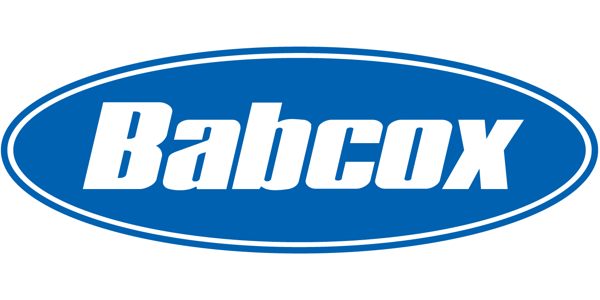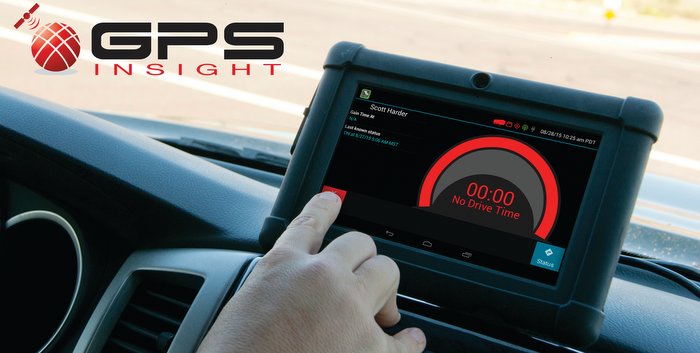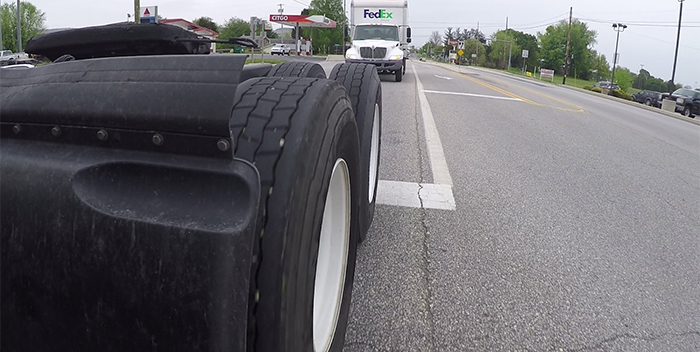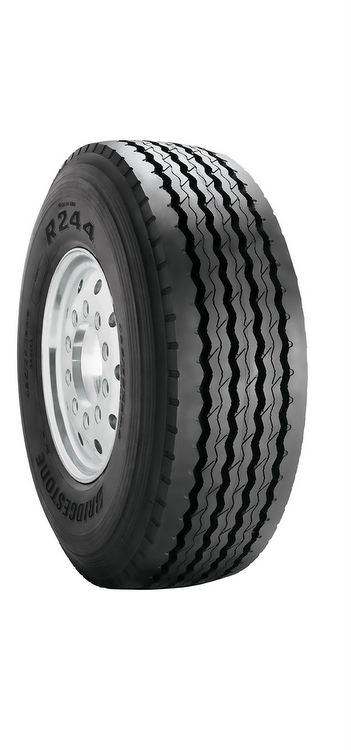I always find parts of the annual commercial vehicle meetingof the Society of Automotive Engineers interesting, not because of new productannouncements but because there will always be presentations that let you knowwhat will likely be happening four, five, even 10, years out.
This year’s event was no exception. Since I had been workingon an article about hybrid electric technology for this issue and had done somestudy on the topic, it was clear that diesel fuel, the overwhelming worldwidechoice for commercial vehicle power, will be challenged in the future. As theworld’s developing nations begin to compete for existing oil reserves, and webegin to take seriously our need to divorce ourselves from foreign energysources, alternative forms of motive power will grow in importance.
I was particularly interested in attending an executivepanel called “Alternative Energy for the Future,” which addressed these topics.Kevin Beaty of the Eaton Corp. did a good job detailing the problem by lookingat expected energy demand in the year 2030, less than 25 years from now.According to Beaty, there will be a 60 to 70 percent growth in demand forenergy. Currently, we consume 200 million oil-equivalent barrels of energydaily. In 2030, that figure will be 300 million barrels. The source of theincreased demand is primarily, although not exclusively, from developing countries– 1 percent of the growth will be from developed countries, 3 percent fromIndia and 4 percent from China.
Understanding that petroleum-based fuels will besupplemented, or even replaced, by a fuel of the future, Beaty asked thequestion: “Is it possible to choose a winner in the selection of the fuel ofthe future?”
He reported on a “wells to wheels” analysis of the energyefficiencies for various motive strategies that included the energy requiredfor the production of both vehicle and fuel. I found the results surprising.The most efficient were diesel or CNG hybrids. These were followed by gasolinehybrids. Hybrids, based on hydrogen fuel cells, were the least efficient.
“We can expect quite a bit of variety in the future,” Beatysaid. “Vehicle engineers are facing a growing fuel and vehicle technology mix,both around the world and in our country. Hybrid electric is a compellingtechnology that will be applied broadly. It paves the way for the use ofelectrical components, which need to be proven in terms of reliability anddurability.”
Living in the Midwest, I hear a lot of talk about ethanoland biodiesel fuels.
Representing the National Renewable Energy Laboratory, WendyClark addressed the second of these in detail, and said: “Biodiesel is one ofthe easiest fuels my group has ever had to look at.”
She outlined the fuel’s various desirable attributes:
• it’s renewable;
• it requires much less energy to deliver a gallon to theconsumer than petroleum-based diesel;
• it can be delivered in our existing infrastructure; and
• it produces vary favorable greenhouse gasses.
Not all is roses, of course. Clark pointed out thatbiodiesel has a propensity to degrade in storage through oxidation, whichincreases its acidity. It also has a greater tendency to generate microbialgrowth than petroleum-derived products.
Pure biodiesel, B-100, is not intended to be used alone as afuel. The intent is to blend it at a 5- or 20-percent level with apetroleum-derived fuel to produce B-5 or B-20 biodiesel. Clark claims thatstable B-100 biodiesel, when blended at the 5- or 20-percent level, will resultin a product that also is stable.
Currently, there is a basic problem with biodiesel becausethere is no accepted industrywide specification, nor is there a universallyaccepted oversight process on its production. This situation is not likely tolast much longer, however; the industry is actively working on the problem.
So, what’s the bottom line?
It seems that the trucking industry will need to keep itscorporate mind open about what kind of fuel it will be putting in its vehicles’tanks. Thankfully, you’re not going to have to do that this week.
Who said life isn’t interesting?









